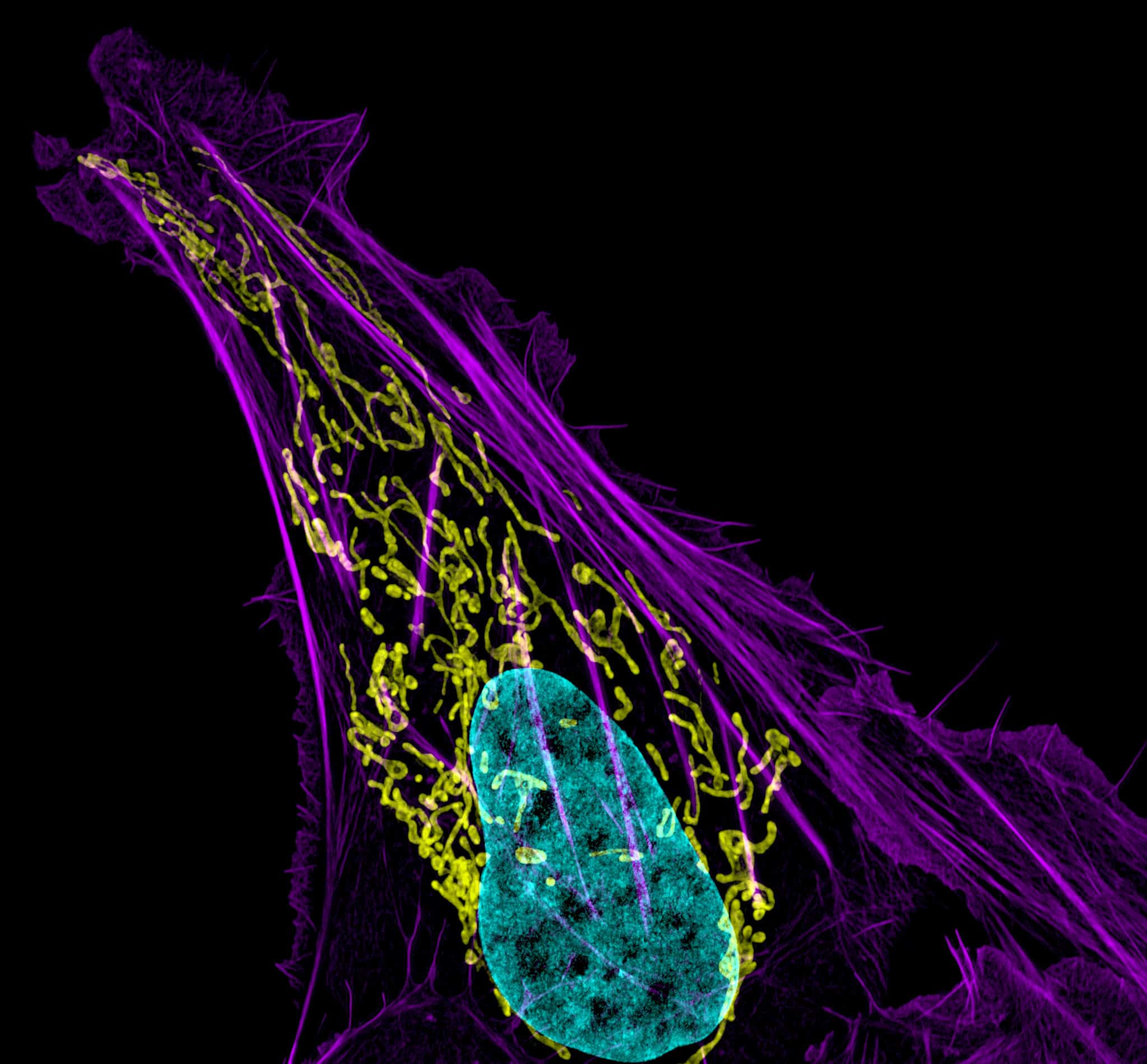Researchers at the University of East Anglia have created a new drug that works against all of the main types of primary bone cancer, a disease with a grueling treatment. The drug, called CADD522, blocks a gene associated with driving the cancer’s spread, based on initial tests done in mice implanted with human bone cancer.

Primary bone cancer means that the cancer starts in a bone. It can develop on the surface, in the outer layer or from the center of the bone. As the tumor grows, cancer cells multiply and eventually destroy the bone. If left untreated, it can spread to other parts of the body. It’s very rare, accounting for less than 1% of all new cancers diagnosed, but it’s also very challenging to deal with.
Treatments include a combination of options depending on how advanced is the cancer, from chemotherapy cocktails to radiotherapy to limb amputation. Despite this, the five-year survival rate is at 42%, mainly because of how fast the cancer spreads to the lungs. Now, the new drug could offer a way forward when officially approved.
“I wanted to understand the underlying biology of cancer spread so that we can intervene at the clinical level and develop new treatments so that patients won’t have to go through the things my friend Ben went through,” Darrell Green, East Anglia researcher and study author, said in a statement. “Ultimately, we want to save lives.”
A promising avenue
Green said he was inspired to study childhood bone cancer after his best friend died from the disease as a teenager. The new research behind CAD522 “could be the most important drug discovery in the field for more than 45 years,” he said, hoping the drug will offer a “much kinder treatment” compared to chemotherapy and limb amputation.
The researchers collected bone and tumor samples from 19 patients at the Royal Orthopaedic Hospital in Birmingham. It was a small number but enough to detect some obvious changes in the cancers. They used next-generation sequencing to identify types of genetic regulators (RNAs) that were different during cancer progression.
The study also showed that a gene called RUNX2 was activated in primary bone cancer, and that this gene was associated with driving cancer’s spread. The new drug blocked the RUNX2 protein from having an effect. They tested it on mice and found it increases survival rates by 50% without chemotherapy or surgery and has no toxic side effects.
The drug is now going through a toxicology assessment before the team can gather the data and approach UK’s regulatory agency to start a human clinical trial. While there’s still a way to go before the drug is available, Greene is very positive and hopes it can make a big difference for what’s now the third most common childhood cancer after brain and kidney.
The study was published in the Journal of Bone Oncology.


